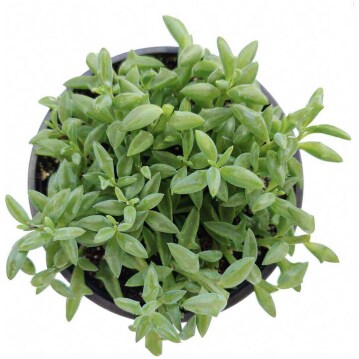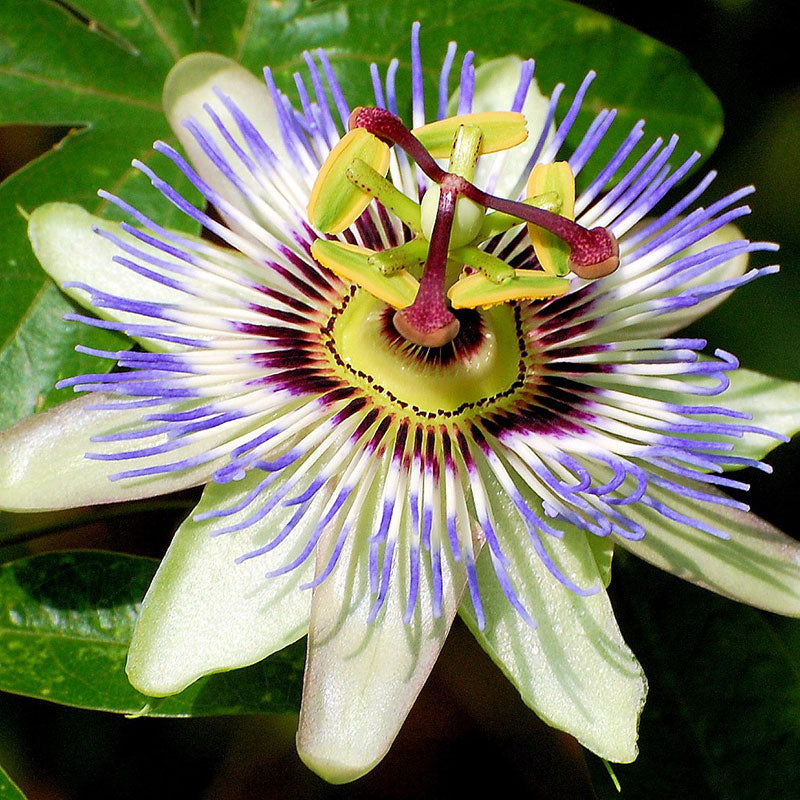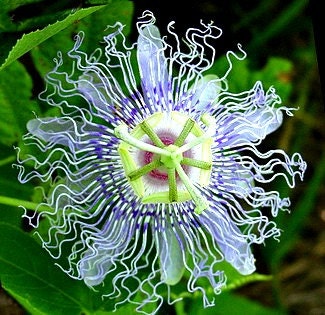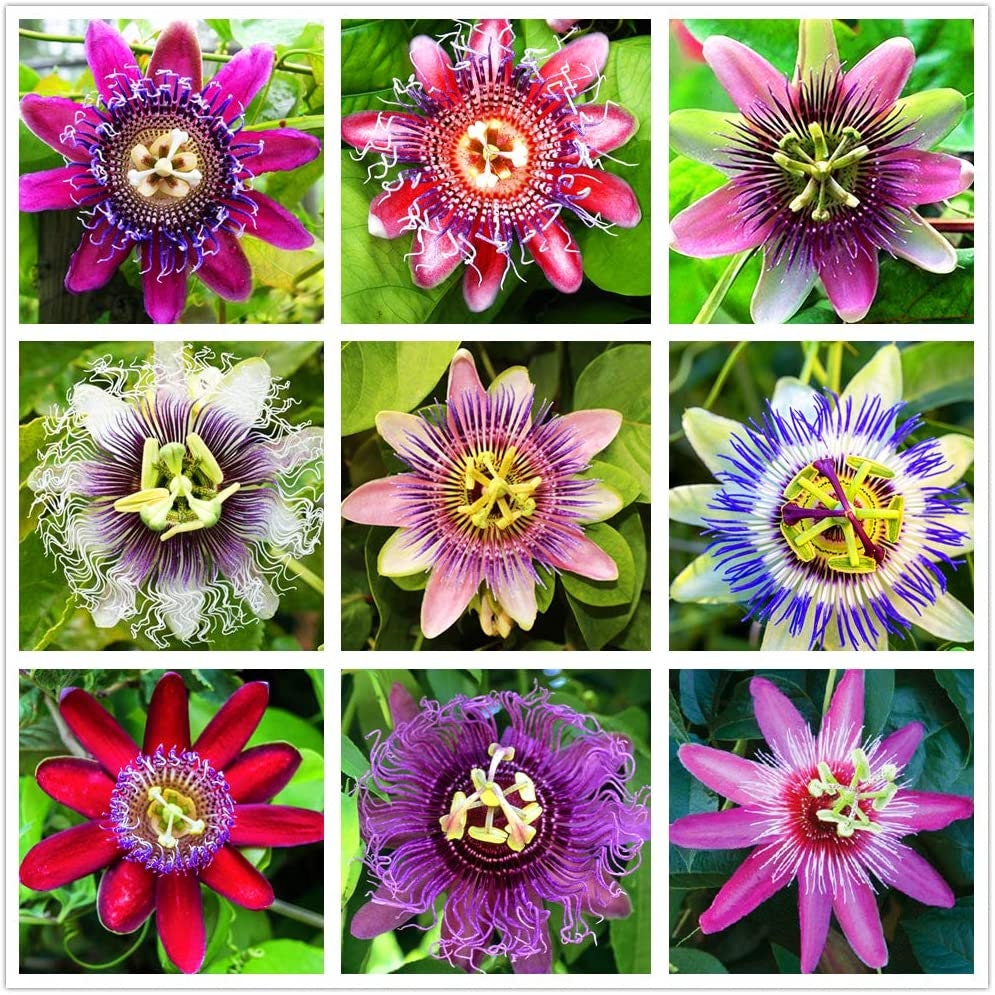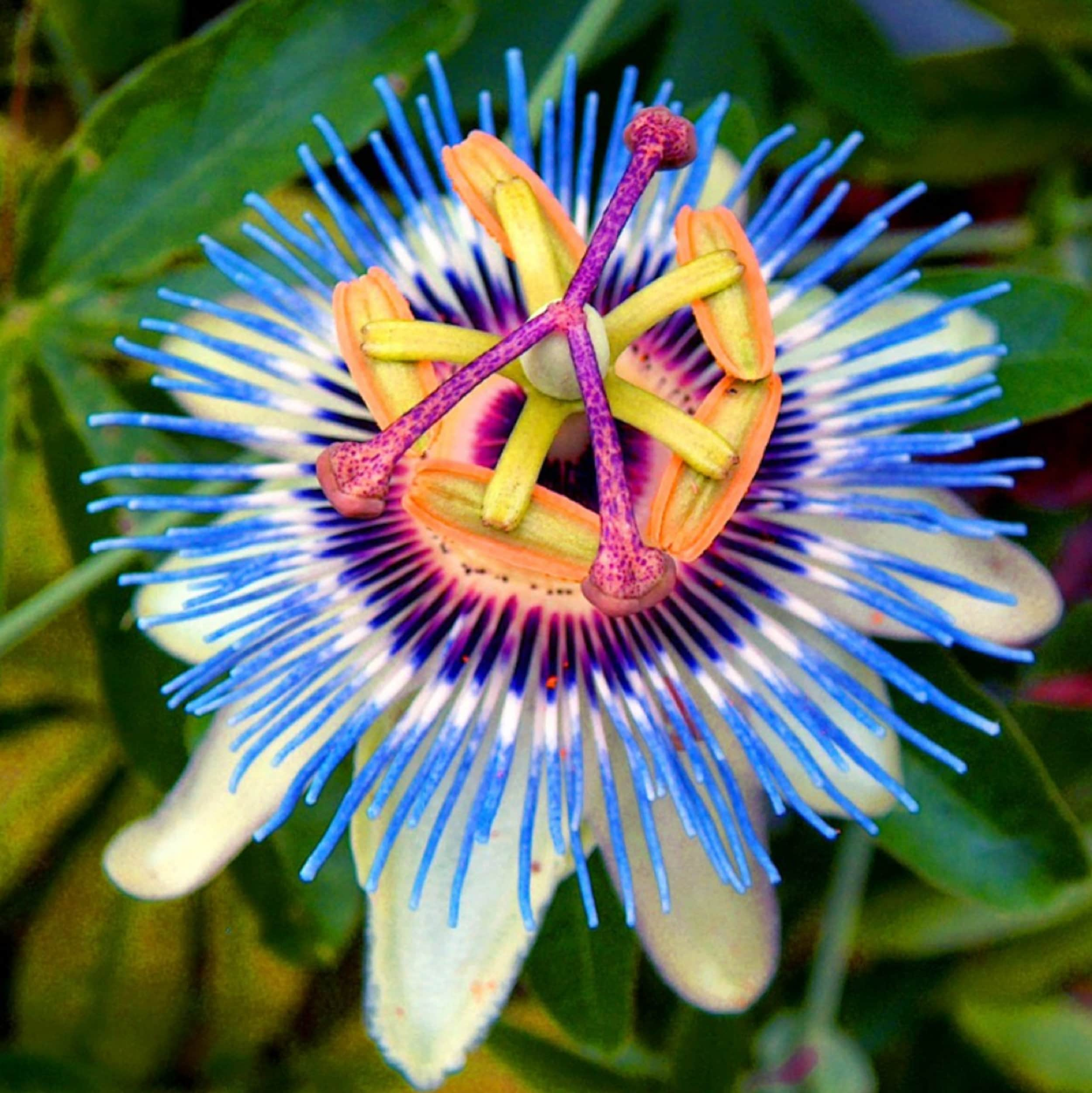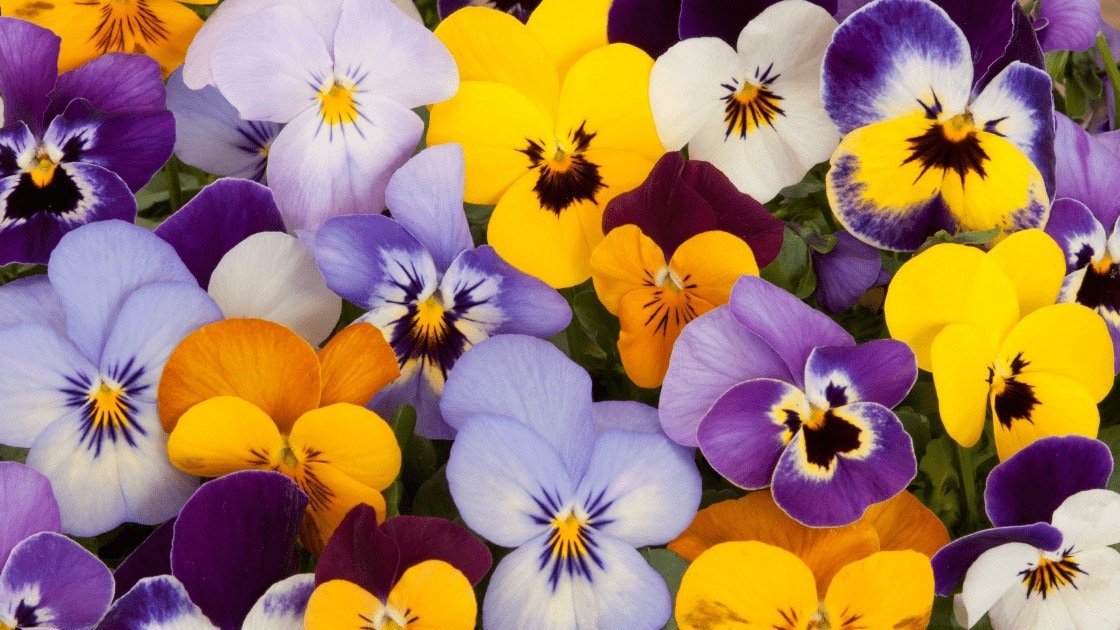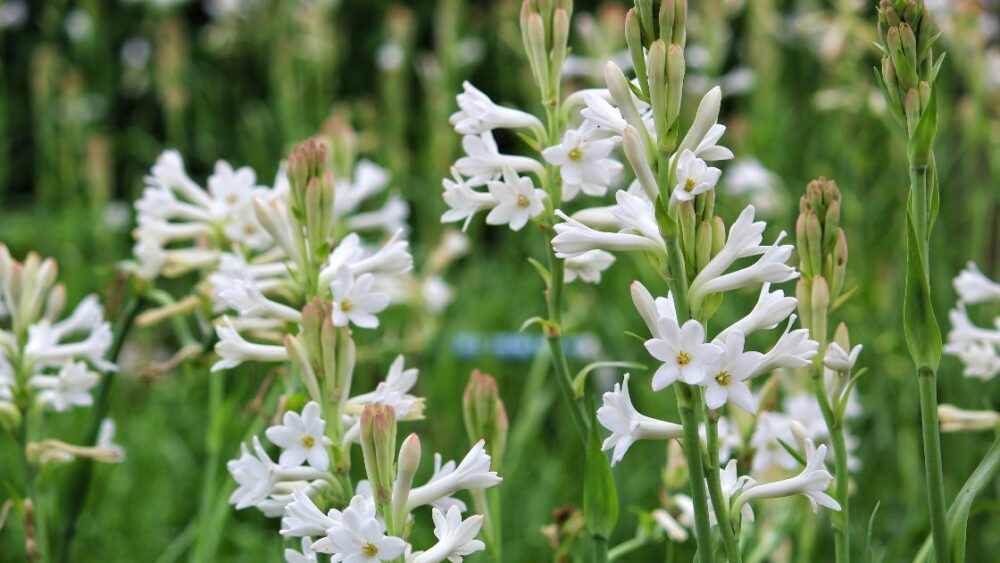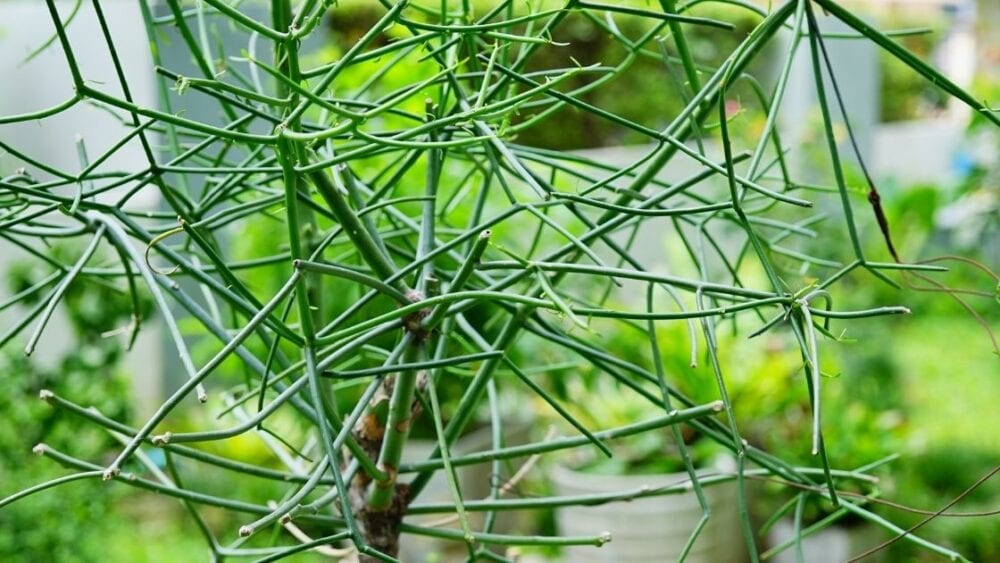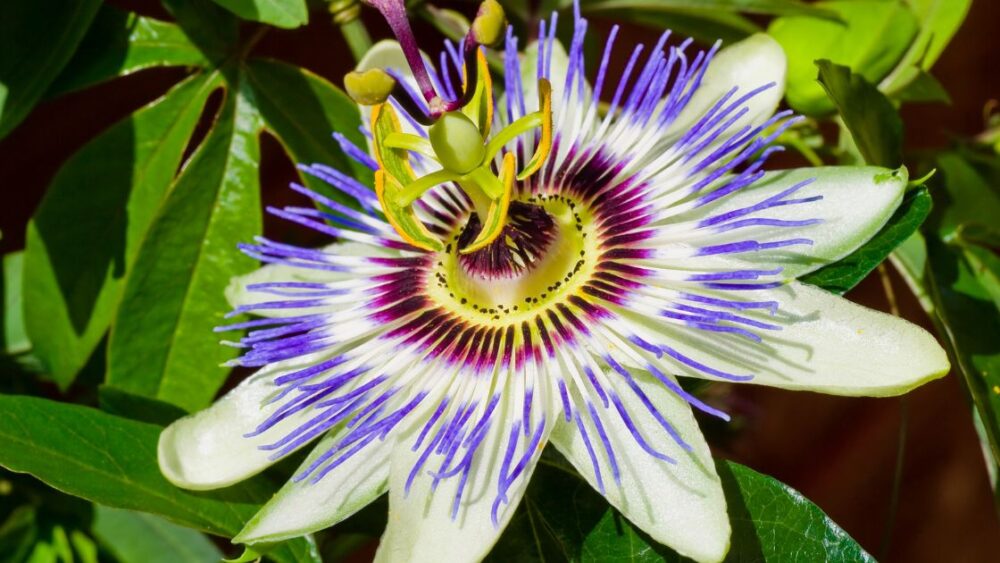
Passionflowers are among the world’s most unique plants. There are over 500 species in this genus, which are divided into three main types: yellow, purple, and granadilla (red). This vine has flamboyant blooms with large crowns of corona filaments reaching from the stamens, which makes identification easy.
Adding these flowers to your backyard can enhance its greenery in a whole new way. You can pluck and eat the edible fruit that will grow from the blooms, which are breathtakingly beautiful and incredibly fragrant. Passion flowers look exotic and are considered difficult to grow, but they are actually very easy to grow. If you want to grow a passion flower, you might find it worthwhile to take cuttings from an existing one. However you can also grow it from seed if you want to, but growing it from seed can be difficult.
The following is a guide to growing and caring for these gorgeous plants.
Browse our Affiliate Products
Where do Passion Flowers Grow Best?
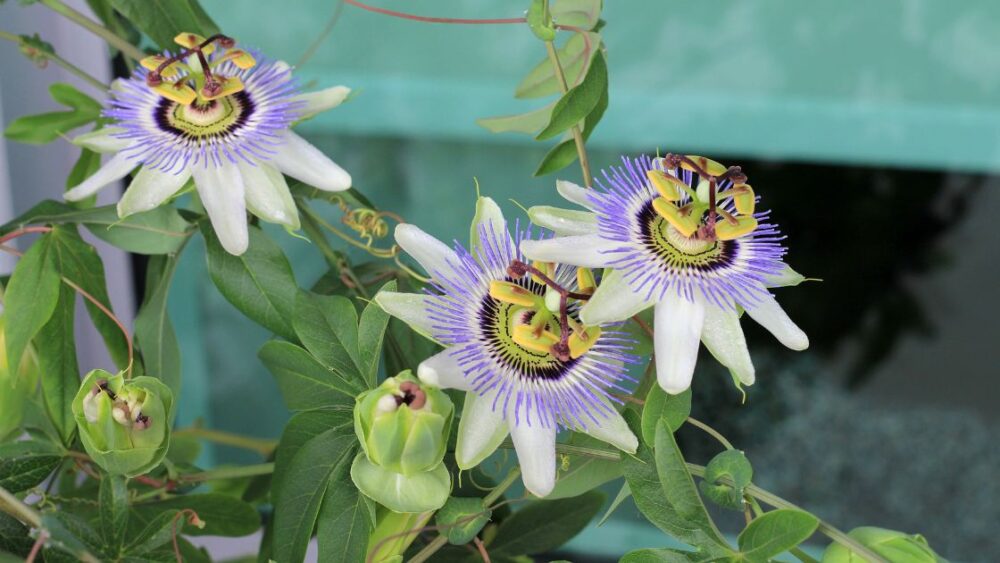
USDA zones 6 to 10 experience blooming from midsummer to frost. The best conditions for growing passion flowers include good soil, full sun to partial shade, and a warm, sheltered location. Winter protection is necessary for most varieties. In addition, passion flowers can be grown indoors and can be considered houseplants.
How long does it take for a passion flower to grow?
The passion flower vine grows rapidly and can grow as high as 16-32 feet (5-10 meters). In one season, they can reach 20 feet (6 meters). It takes three to four years for these vines to mature and bloom. Passion flowers only last one day once they bloom.
Allow the foliage to grow for a few years and enjoy its beauty. You should see your plant flowering if it is over four years old. Passion flowers tend to spread rapidly and can take over. It is crucial to watch and observe a passion flower if you want to avoid a vine that grows 20 or 30 feet tall. So, growing passion flowers properly is very important. Here is a guide for you to learn each everything you want to know about growing passion flowers. Please read on!
Passion Flower Grow Guide

Passion flowers should be planted in full sun and in an area that receives good drainage, preferably near a wall. Trellises, fences, and pergolas are great places to grow passion flower vines. Use a garden cane to guide the plant onto the support. As a result of their tendrils, the plants will self-cling when mature, so tying them in will not be necessary.
Passion flowers can be grown in containers, but they will need more feeding and watering than those planted in the ground, and their growth rate will be slower. Make sure the compost you choose is gritty, free-draining, and does not contain peat.
Common Names: Passion Flower
The passion flower is called Passiflora in Latin. It was named after the Passion of Christ. Also known as maypop, purple passionflower, true passionflower, wild apricot, and wild passion vine, Passiflora has a wide range of common names.
Scientific name: Passion Flower
Passion flowers are a genus of plants that belong to the genus Passiflora. There are white and purple flowers on the passion flower vine (Passiflora incarnata). Originally native to South America, passion fruit is known scientifically as Passiflora edulis.
Growth Cycle: Passion Flower
Angiosperms (flowering plants) have a similar cycle of growth and reproduction regardless of their longevity. Passion flowers begin life as seeds dropped by mature passion flowers. However, only some seeds will germinate or grow into a plant. Once a seed germinates, it becomes a seedling (a young plant). The passion flower grows larger and develops more branches as it grows in the seedling stage.
Upon reaching maturity, passion flowers can reproduce. The pollination of passionflowers produces offspring in a similar fashion to that of other flowering plants. The flower surrounding the fertilized ovary falls away once the ovary develops a seed. Afterward, the ovary swells into a fruit that still contains the seed.
In the right circumstances, these seeds will grow into seedlings, and the process will begin again. According to the species, these plants take an annual or perennial cycle:
Annuals
Annual plants, such as P. gracilis, live only for a season or a year. As the year progresses, it grows, flowers, sets fruit containing seeds, and dies.
Perennial
Plants that can live for three years or more. The plant may bloom, set fruit, grow in its first year, and repeat the process for many years afterward. However. it may also take several years to reach flowering size, as is the case with Passiflora membranacea.
Sun:
Especially in areas that have a hot climate, passion flowers prefer to grow under conditions where they are in full sun or partial shade in the afternoon.
Watering:
Summer is a hot season for passion flowers, so they require regular watering. Water the soil regularly to keep it from drying out. Adding mulch to the soil will help it retain moisture and keep its roots cool.
Adult Size:
As an adult, Passion flowers can grow to heights of 10–30 feet and widths of 3–6 feet.
Planting Zones:
The passionflower vine grows as a perennial in zones 6 to 10 (and some varieties will do well in zones 5 and 11 as well), and it is happiest and most likely to flower in a bright spot with at least four hours of sunlight each day.
Weather Hardiness:
There are USDA hardiness zones 5 to 9 where passionflowers thrive but prefer warmer climates.
As passion fruit vines are hardy to 32°F, they should be protected from frosts. Dropping below 32F causes foliage to die back, but it can withstand short drops.
Protecting passionflower plants from harsh winter conditions in cooler climates is best because they love warm weather. Bring your plant indoors when temperatures drop to prevent dieback. Strong winds can damage stems and burn leaves, so make sure they’re planted in an area protected from the wind.
Propagation:
The germination rate of seeds is widely variable, ranging from a few weeks to months. When conditions aren’t ideal, germination may take longer. To germinate faster, seeds need bottom heat between 70 and 80 degrees Fahrenheit. Before planting seeds, some people soak them in warm to hot water overnight. Also recommended is gibberellic acid treatment. A vine usually produces its first crop after sprouting.
Toxicity:
There are many types of passionflower, such as purple passionflower, which is non-toxic to both humans and animals, including dogs and cats, birds and reptiles. However, some types are toxic, such as Passiflora caerulea, which can cause an upset stomach if consumed. The foliage and roots of this plant are toxic.
Moreover, the leaves and unripe fruit of blue passionflower contain cyanogenic glycosides, which make cyanide when consumed. In humans and animals, it can cause nausea and vomiting.
Dormancy:
Passion flowers will go semi-dormant in the winter and look rough, but they will perk back up in the spring. In spring, when the weather warms again, your plant will need mostly sunlight.
Soil:
If you plan to plant vines in the soil, they should be rich, moist, and well-draining. The pH of the soil does not matter, and it can range from 6.1 to 7.5, which is neutral to acidic. It is helpful to add compost to the planting hole to provide nutrients and mulch around the plant’s base to prevent it from becoming waterlogged.
Bloom:
Most regions produce fruit from May through August, while flowers bloom from spring until late fall. Color variations are abundant in this vine, ranging from pale lavenders and blues to flame-reds and oranges, including Passiflora ‘Sunburst’.’
Fertilization
In order to keep passionflower vines healthy, you should apply a balanced, all-purpose fertilizer that contains equal proportions of nitrogen, phosphorus, and potassium on a regular basis. The first fertilization should be performed in early spring before new growth emerges, then followed by another fertilization every four to six weeks until early autumn.
Click below for Amazon’s
Common Problems
Insufficient sunlight, a humid climate, and nutrients in the soil can lead to the yellowing and wilting of passion flower plants. Scale, spider mites, whiteflies, and spiders can attack your passionflower plants. The fungal disease that causes leaf spot is another potential problem.
What to do if Your Passion Flowers are Dying?
You should water and feed your plants regularly, using Tui Organic Seaweed Plant Tonic every seven days. As the weather cools, it should come right.
Conclusion
Passionflowers are an excellent choice for home gardeners because of their vibrant flowers and tasty fruit. Even though you must tackle some common problems when it comes to growing a passion flower, the result of your hard work will satisfy you.

